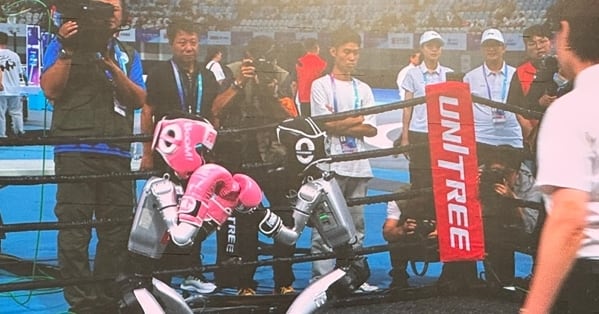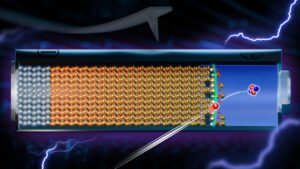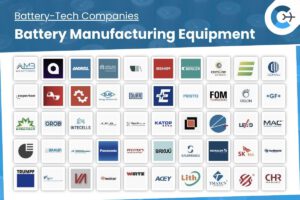The South Korean battery industry is increasingly focusing on advanced nickel-cobalt-manganese (NCM) cells to meet growing demand for humanoid robots, following the government’s recent strategy announcement aimed at fostering the sector. Humanoid robots, designed to perform tasks such as running, object manipulation, sitting, and stair climbing, require compact, high-energy batteries—conditions that favor NCM chemistry over the more cost-effective but lower-energy-density lithium iron phosphate (LFP) batteries.
In April, Beijing hosted the World Humanoid Robot Games, where the Tiangong Ultra robot completed a half marathon in about 2 hours and 40 minutes, recharging its battery three times. Standing 180 cm tall and weighing 55 kg, the robot exemplified both the capabilities and limitations of current battery technology. Industry sources note that typical humanoid robot batteries operate for only one to two hours, necessitating multiple replacements to sustain an eight-hour workday if robots are to substitute human labor.
Recognizing the need for longer-lasting, high-power cells, three leading domestic battery makers—LG Energy Solution, Samsung SDI, and SK On—have begun partnerships with robotics companies. In February, Samsung SDI signed a memorandum of understanding with Hyundai Motor to co-develop high-performance batteries for service robots. Since then, Samsung SDI has showcased next-generation battery packs in Hyundai’s DAL-e and MobED service robots.
LG Energy Solution is also advancing robot battery technology, supplying cylindrical NCM cells to Bear Robotics, a U.S. autonomous robot developer. LG Electronics holds a significant equity stake in Bear Robotics, reinforcing the collaboration. Industry analysts predict that as humanoid robots demand instantaneous high-power output for dynamic tasks, NCM batteries will increasingly replace LFP variants in this niche application.
With the robot market poised for expansion, battery manufacturers are accelerating development of specialized cells that balance energy density, power delivery, and safety. These efforts aim to extend operational runtimes, reduce downtime for battery swaps, and support the broader adoption of humanoid robots in commercial and industrial settings.
Source: Chosun Biz
















